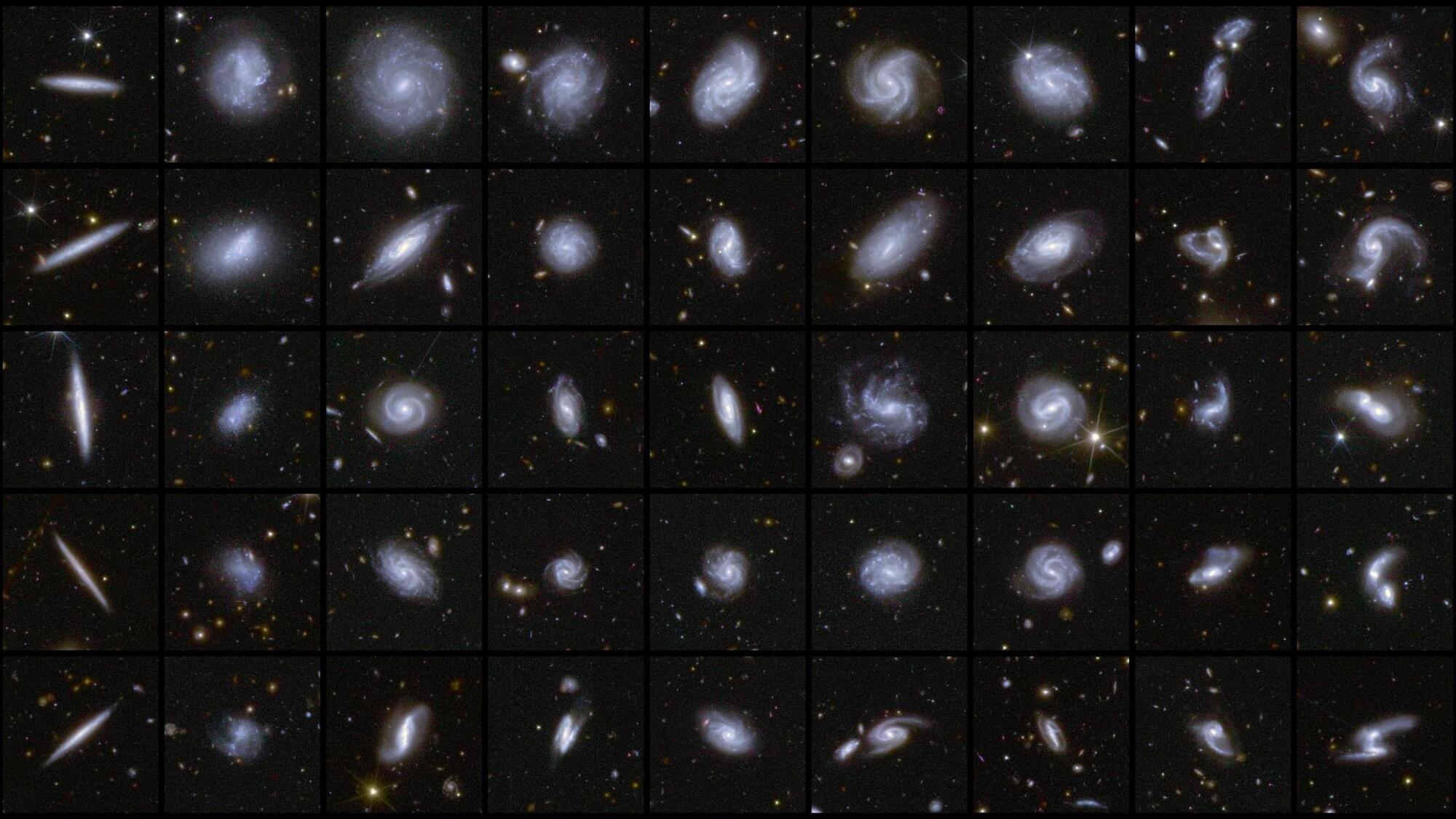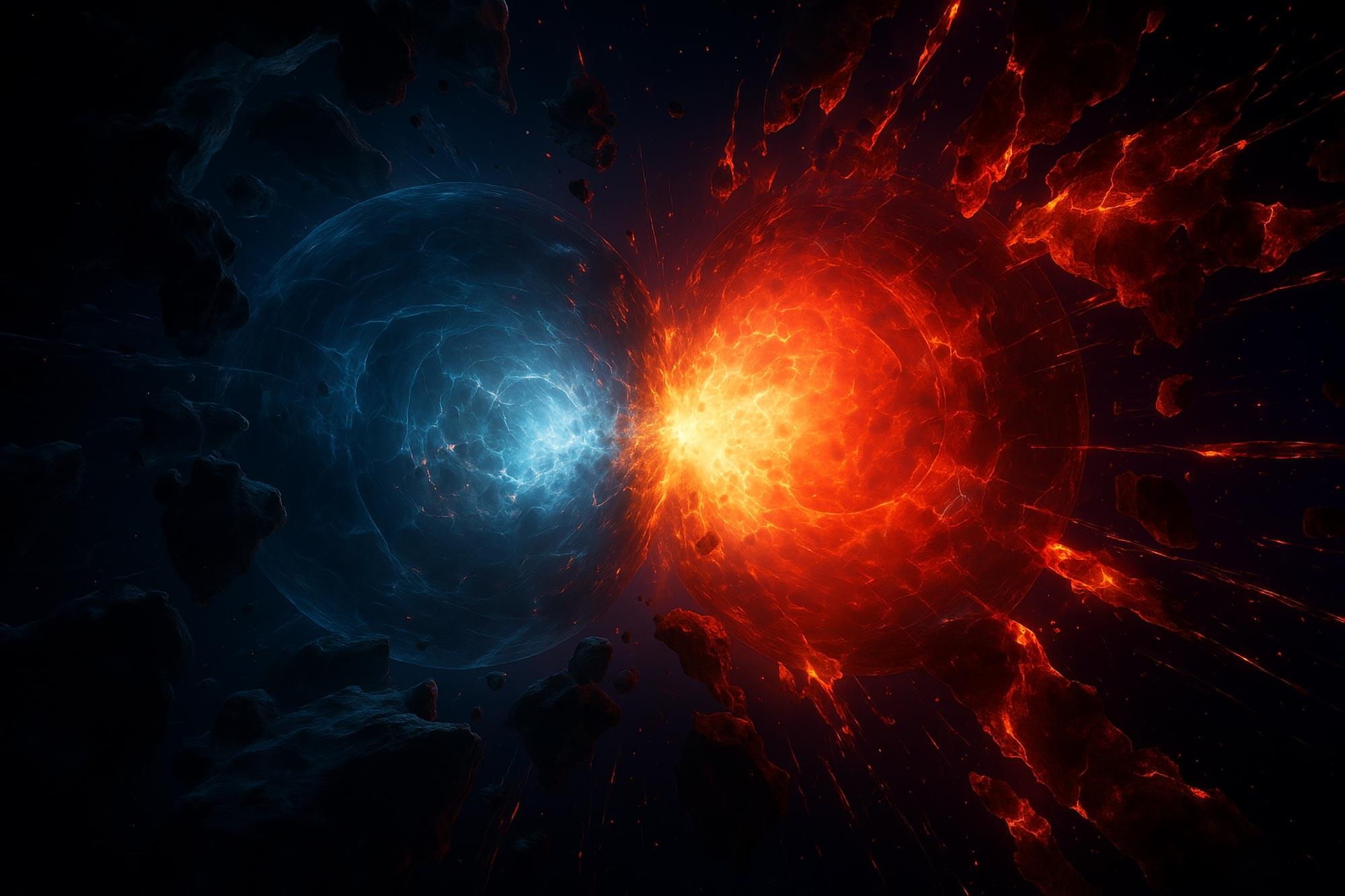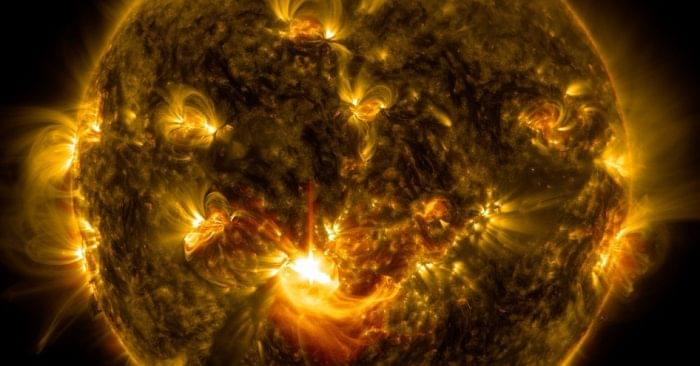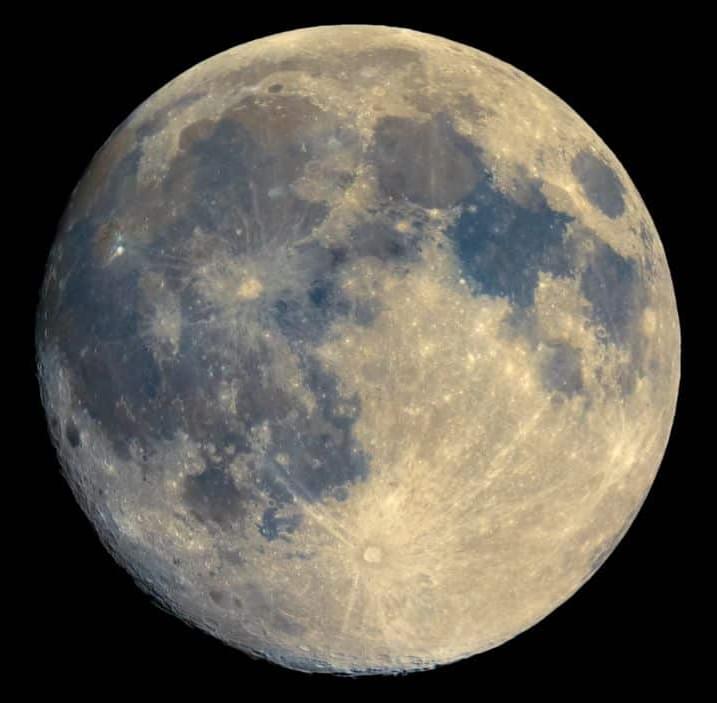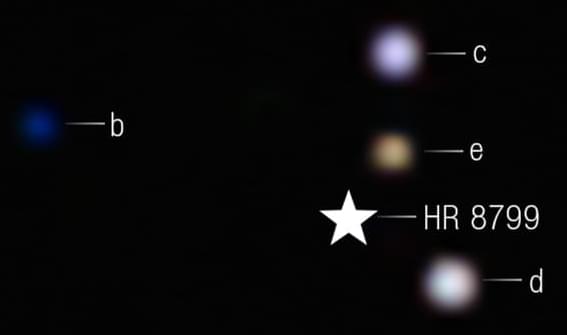Yesterday, Richard Dinan, CEO of Pulsar Fusion, sent me a ton of new information about their new Sunbird Fusion Drive! Specific capabilities, travel times to multiple destinations throughout the Solar System…they’ve got it all!
And now, Angry is bringing it to you!
#space #fusion #nasa.
Please support my channel!
DISCORD MEMBERSHIP, EXCLUSIVE CONTENT AND EARLY RELEASES!
https://www.patreon.com/AngryAstronaut.
https://cash.app/$Angry70
https://www.paypal.com/paypalme/AngryAstro.
Follow me on twitter:
Tweets by Astro_Angry
